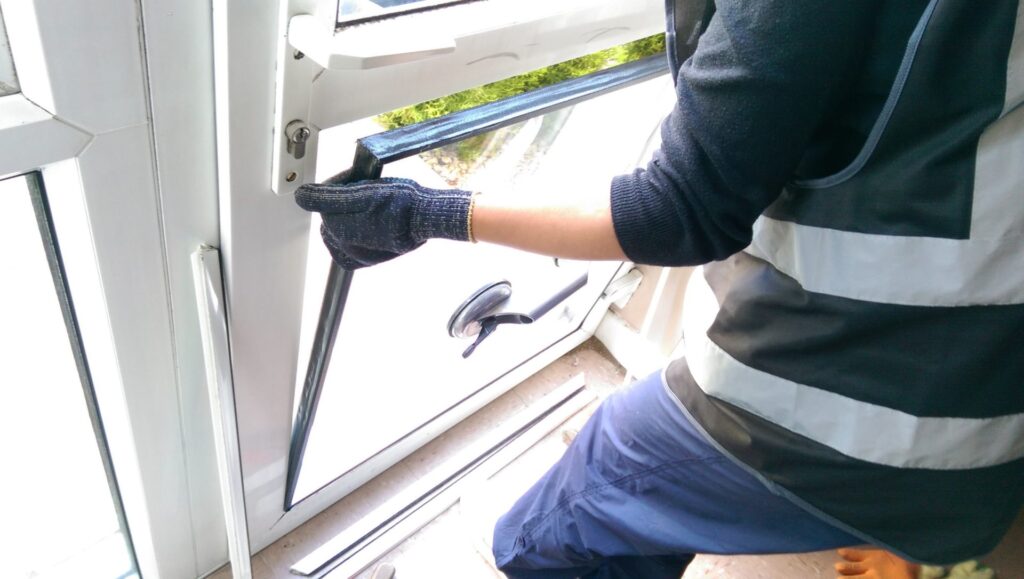
Window Seal Repair
متابعةنظرة عامة
-
القطاعات الاعمال و الإدارة-التجارة الإلكترونية
-
تم نشر الوظائف 0
-
المشاهدة 7
وصف الشركة
What’s The Job Market For Window Hardware Repair Professionals Like?

Comprehensive Guide to Window Hardware Repair
Window hardware plays an important role in the performance and looks of windows. With time, wear and tear can compromise the operation and stability of window systems. When a window malfunctions, it can lead to safety issues, energy inadequacy, and jeopardized home security. Comprehending how to repair window hardware can empower property owners to maintain their windows effectively, conserving both money and time. This post lays out common hardware issues, repair strategies, and frequently asked questions about window hardware repair.
Typical Window Hardware Issues
Window hardware can experience various concerns, and recognizing them is the primary step toward reliable repair. The following are a few of the most typical problems:
| Issue | Description |
|---|---|
| Broken Locks | Locks might become disengaged, broken, or corroded in time. |
| Worn-out Hinges | Hinges can wear down, causing windows to sag or end up being misaligned. |
| Harmed Tracks | Sliding windows might struggle to open and close if tracks are harmed. |
| Broken Handles | Handles can break or become loose, impacting window operability. |
| Storm Window Issues | Storm windows may fail to seal properly or become misted. |
Necessary Tools for Window Hardware Repair
Before starting a window repair project, it is important to gather the right tools. The following list details the necessary tools for DIY window hardware repair:
- Screwdrivers (Flathead and Phillips): Essential for eliminating and protecting hardware elements.
- Pliers: Useful for gripping and twisting when handling tight-fitting parts.
- Energy Knife: Helps to cut through caulking or weather condition removing when needed.
- Replacement Parts: Specific to the kind of window (locks, hinges, manages, and so on).
- Lubricant: Silicone spray or other appropriate lubricants can help to guarantee smooth operations.
- Drill: Used for securing hinges or locks if screws need replacement.
- Measuring Tape: Critical for ensuring that replacement parts fit effectively.
Repairing Common Window Hardware Issues
While some repairs can be intricate, numerous window hardware repairs can be achieved by the typical house owner with a few tools and a bit of guideline. Below are detailed guides for some common repairs.
1. Repairing Broken Locks
Action 1: Determine the type of lock (keyed or lock).
Step 2: Remove the screws protecting the lock using the appropriate screwdriver.
Action 3: If the lock is broken, change it with a new one by following the producer’s guidelines.
Step 4: Install the brand-new lock and protect it with screws. Ensure it operates properly before leaving.
2. Repairing Worn-out Hinges
Step 1: Inspect the hinge for wear or indications of rust.
Action 2: If replacing, remove the old hinge by loosening it from the window and the frame.
Step 3: Align the new hinge with the existing holes and secure it using screws.
Step 4: Test the window’s operability to make sure smooth opening and closing.
3. Realigning and Repairing Tracks
Action 1: Inspect the track for debris or damage.
Step 2: Remove any blockages and clean the track with a wet fabric.
Step 3: If the track is damaged, purchase a replacement track and follow the maker’s requirements for setup.
4. Replacing Cracked Handles
Step 1: Remove the existing handle by loosening it.
Step 2: Measure the deal with size to make sure an appropriate replacement.
Step 3: Install the new manage by protecting it with screws.
Step 4: Test the manage for secure operation.
Preventative Measures for Window Hardware
Preventative maintenance is crucial to lengthening the life-span of window hardware. Property owners can engage in easy jobs that alleviate wear and tear. Some efficient preventative procedures consist of:
- Regularly lubing hinges and locks to lessen friction.
- Examining weather removing and replacing it if it reveals indications of wear.
- Cleaning up window tracks routinely to avoid dust and debris accumulation.
- Keeping track of for any signs of wetness or mold that might harm window hardware.
FAQs about Window Hardware Repair
Q1: Can I repair window hardware myself, or should I employ a professional?
A1: Many window hardware repairs can be dealt with by homeowners with standard tools and abilities. However, if the damage is extensive or you’re not sure, employing a professional is advisable.
Q2: How frequently should I check my window hardware?
A2: It is normally advised to check window hardware a minimum of as soon as a year. Nevertheless, more regular checks are advisable in harsher climates or if windows are regularly opened and closed.
Q3: Where can I discover replacement parts for window hardware?
A3: Replacement parts can often be found at local hardware shops, home improvement centers, or online sellers. Always make sure that you purchase parts ideal for your specific window type.
Q4: What should I do if my window does not open or close smoothly?
A4: First, check the tracks and hinges for blockages or damage. Cleaning and oiling these parts frequently fixes the concern. If problems continue, think about whether a hardware replacement is needed.
Q5: Is it needed to change window hardware if I can still operate the window?
A5: If the window runs effectively, replacement might not be needed. Nevertheless, preserving high-quality hardware is essential for security and effectiveness.
Keeping window hardware does not need to be a daunting task for property owners. With the right tools, understanding, and preventative measures, people can repair and prolong the life of their window systems. Similar to all home repairs, being notified motivates self-confidence in their ability to manage and preserve a safe and effective living environment. Appropriate window hardware care equates to better performance, boosted security, and overall satisfaction in home maintenance.

